Yangiliklar
-
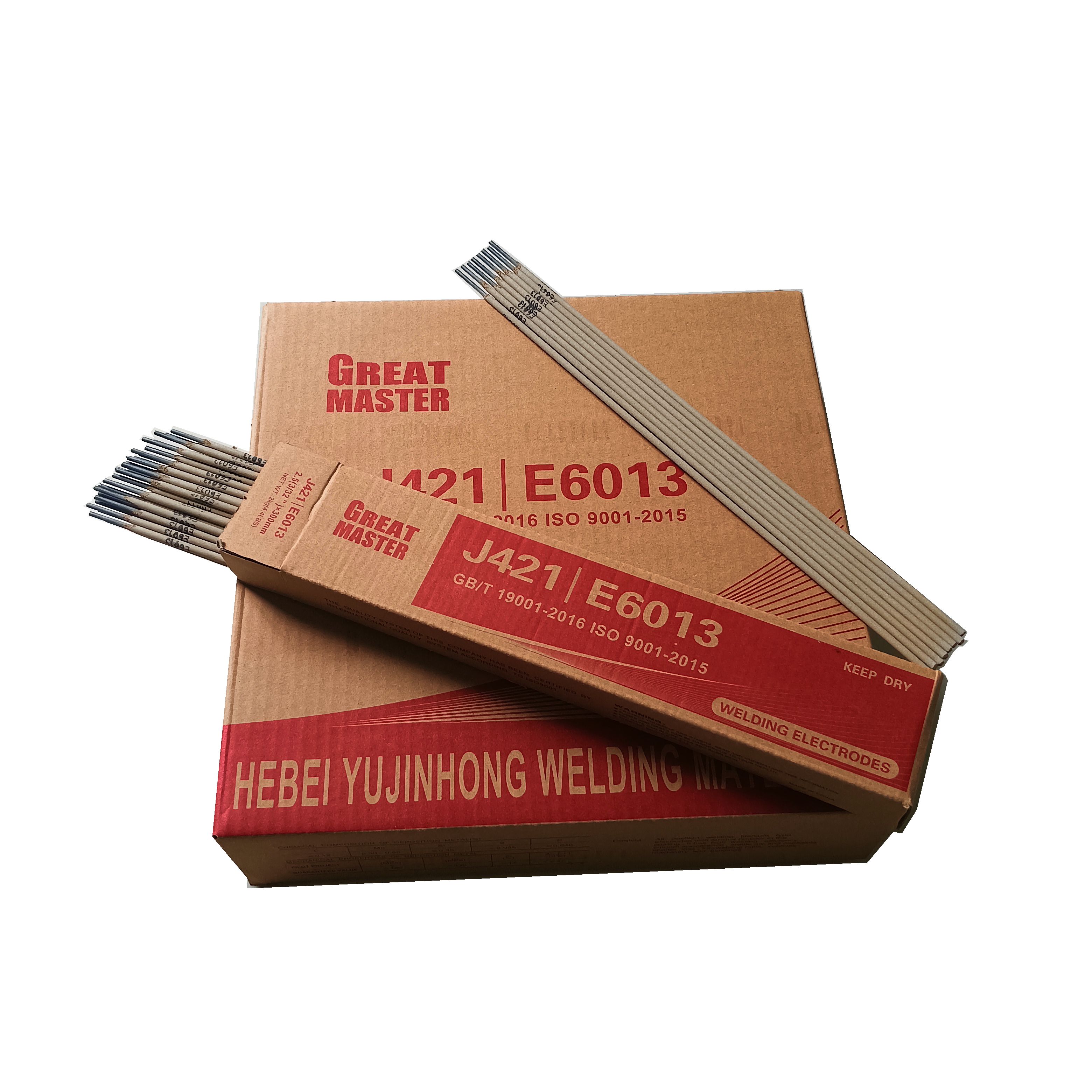 Welding rod is a metal processing material, mainly used to form welds during welding work.Ko'proq o'qish
Welding rod is a metal processing material, mainly used to form welds during welding work.Ko'proq o'qish -
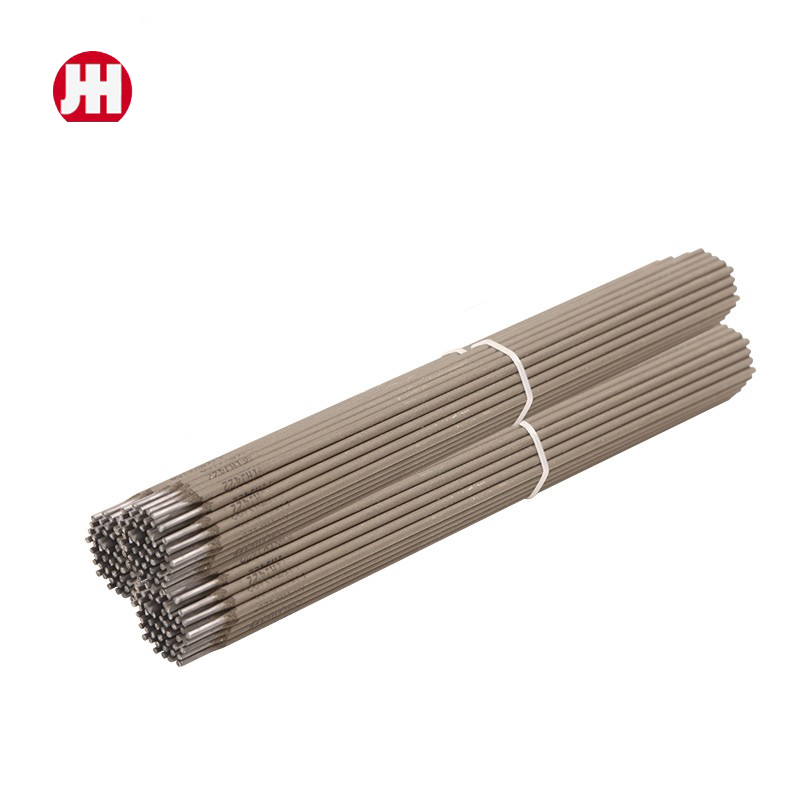 While welding is a highly skilled trade that is essential to the construction process, it carries inherent risks and requires strict safety measures to ensure a safe working environment for welders.Ko'proq o'qish
While welding is a highly skilled trade that is essential to the construction process, it carries inherent risks and requires strict safety measures to ensure a safe working environment for welders.Ko'proq o'qish -
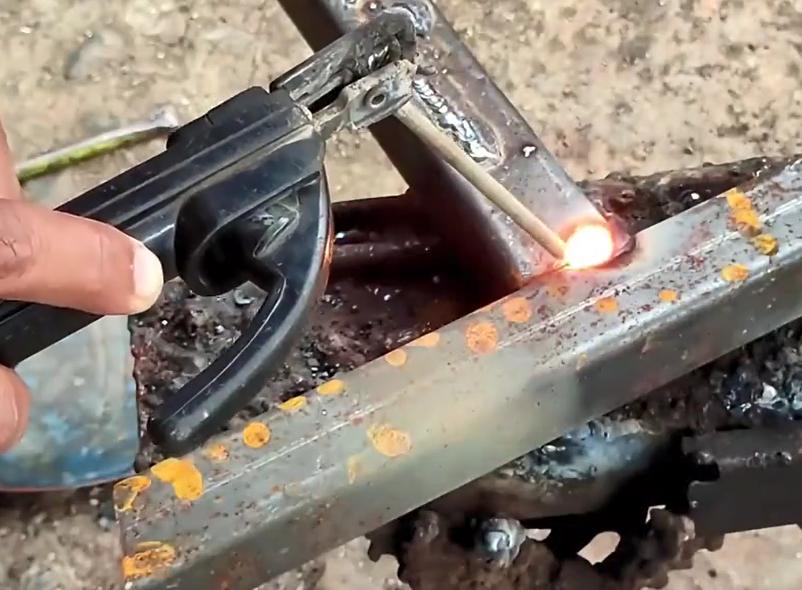 Welding operations are fundamentally risky due to the combination of extreme heat, electrical currents, and high precision requirements.Ko'proq o'qish
Welding operations are fundamentally risky due to the combination of extreme heat, electrical currents, and high precision requirements.Ko'proq o'qish -
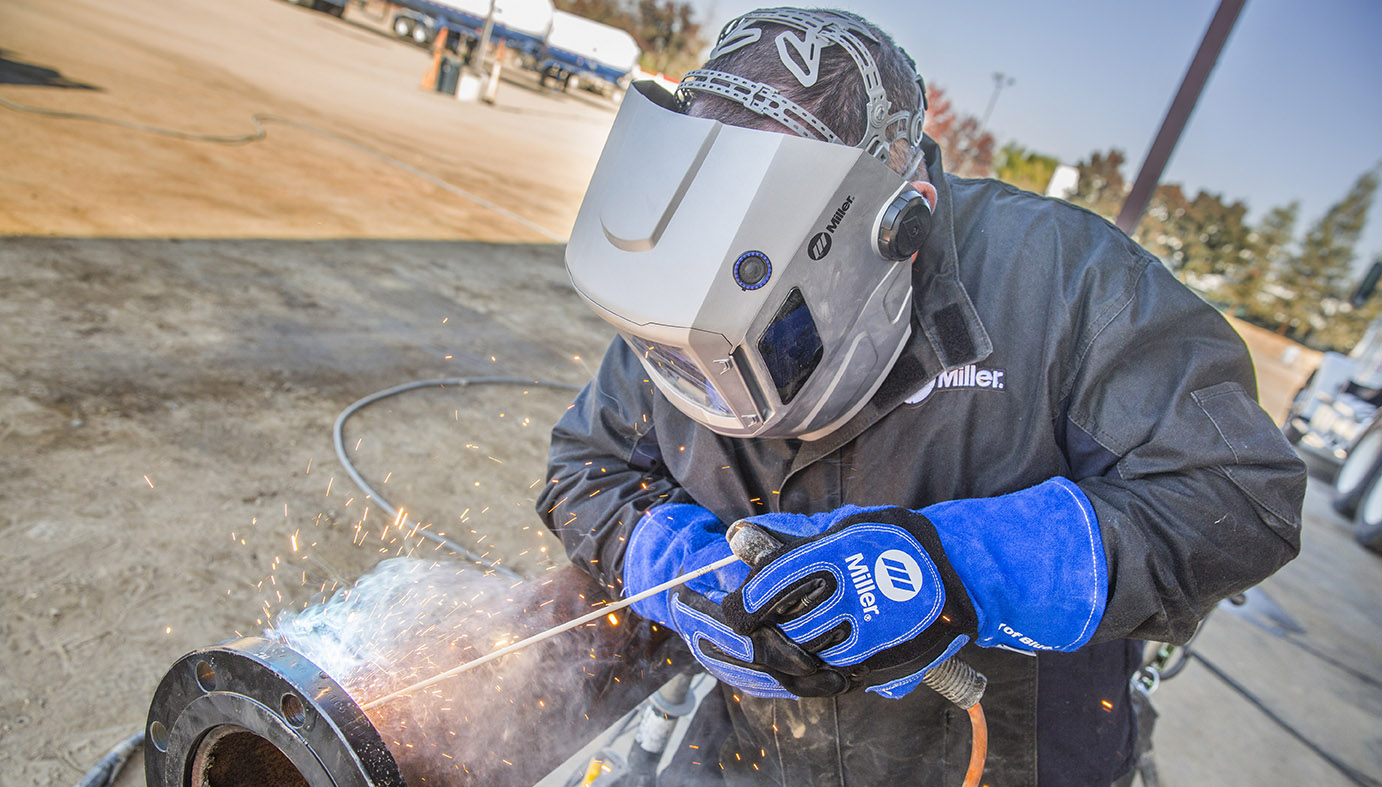 Welding is a critical skill and often a pivotal process in numerous industries, ranging from construction to automotive repair.Ko'proq o'qish
Welding is a critical skill and often a pivotal process in numerous industries, ranging from construction to automotive repair.Ko'proq o'qish -
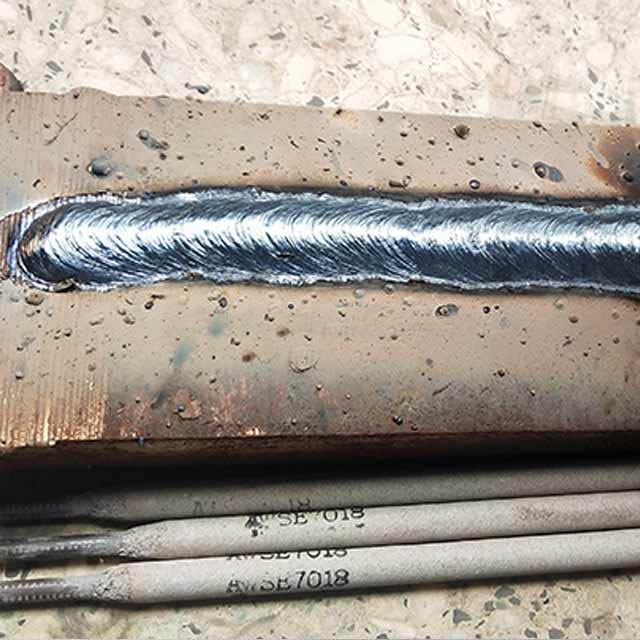 Underwater welding refers to welding work performed in an underwater environment.Ko'proq o'qish
Underwater welding refers to welding work performed in an underwater environment.Ko'proq o'qish -
 The weld quality of high-quality welding rods is good, which can meet the requirements of high-strength and high-load welding.Ko'proq o'qish
The weld quality of high-quality welding rods is good, which can meet the requirements of high-strength and high-load welding.Ko'proq o'qish -
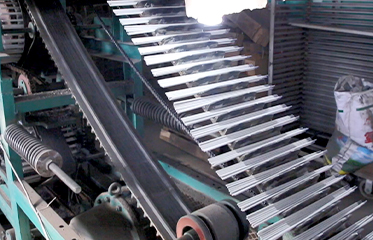 The selection of welding rods must ensure the safety and feasibility of the welding structure.Ko'proq o'qish
The selection of welding rods must ensure the safety and feasibility of the welding structure.Ko'proq o'qish -
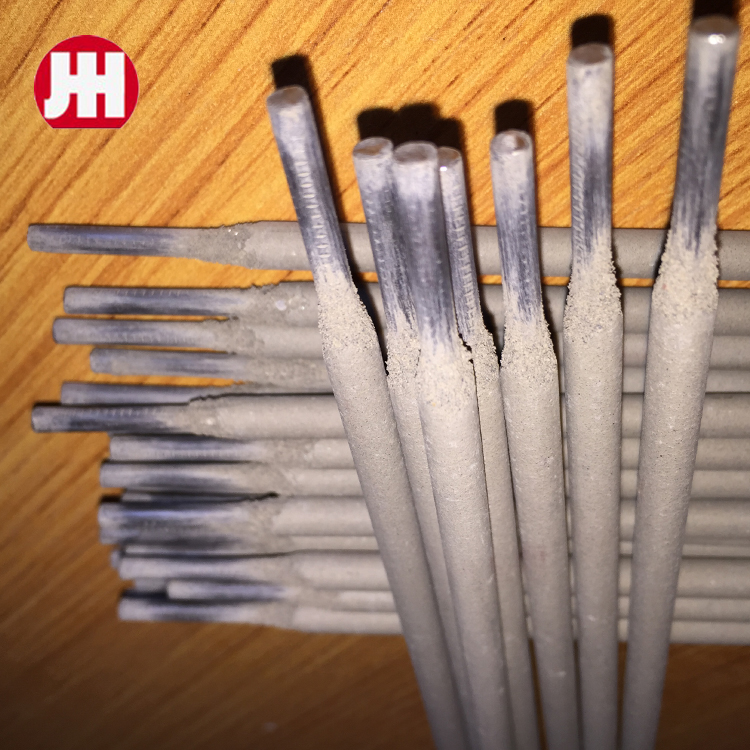 Carbon (C) is the main alloying element in steel. When the carbon content increases, the strength and hardness of the steel will increase significantly, while the plasticity will decrease.Ko'proq o'qish
Carbon (C) is the main alloying element in steel. When the carbon content increases, the strength and hardness of the steel will increase significantly, while the plasticity will decrease.Ko'proq o'qish -
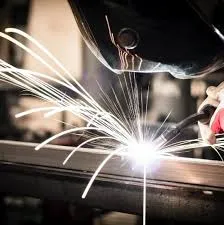 If the tack weld cracks during welding, causing the plate edge to be dislocated or the gap to change, welding should be stopped immediately and welding can be continued only after repair.Ko'proq o'qish
If the tack weld cracks during welding, causing the plate edge to be dislocated or the gap to change, welding should be stopped immediately and welding can be continued only after repair.Ko'proq o'qish -
 Welding rod coating can be divided into two categories according to its chemical properties: acid welding rod and alkaline welding rod.Ko'proq o'qish
Welding rod coating can be divided into two categories according to its chemical properties: acid welding rod and alkaline welding rod.Ko'proq o'qish -
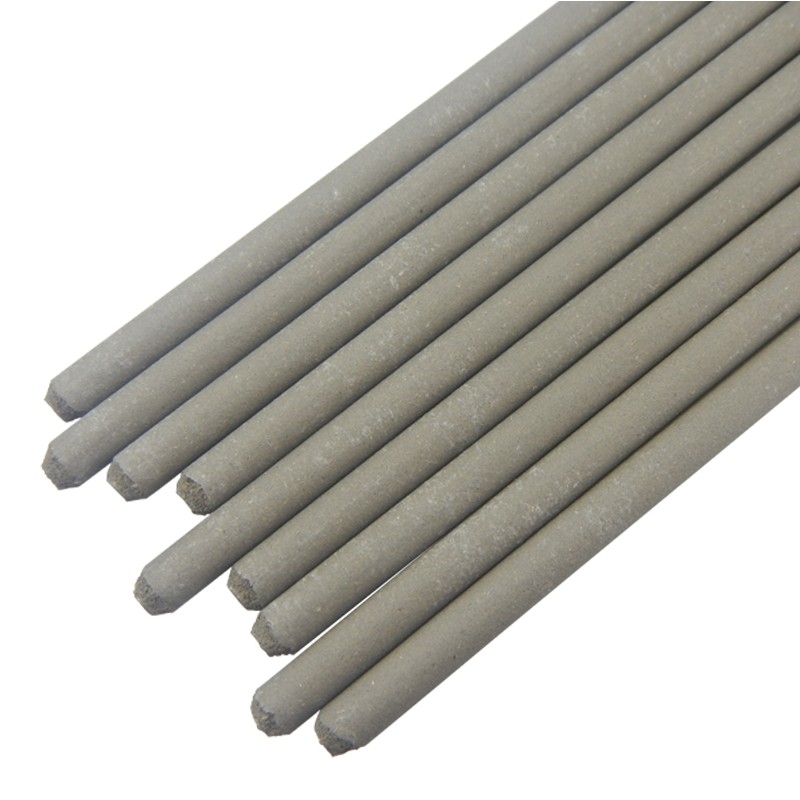 Welding rod coating is an important factor in determining the quality of weldsKo'proq o'qish
Welding rod coating is an important factor in determining the quality of weldsKo'proq o'qish -
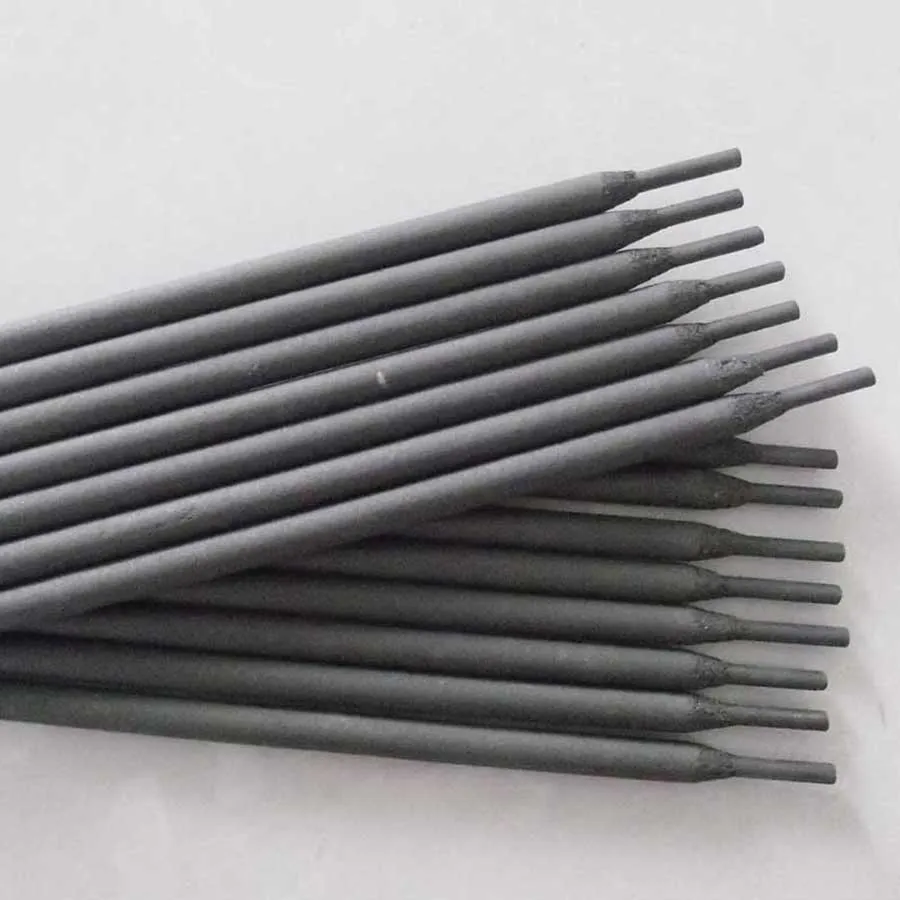 When it comes to welding, using the right welding electrodes is crucial for achieving strong and effective welds. Welding rods, also known as welding electrodes, come in various types and compositions, each designed for specific materials and applications.Ko'proq o'qish
When it comes to welding, using the right welding electrodes is crucial for achieving strong and effective welds. Welding rods, also known as welding electrodes, come in various types and compositions, each designed for specific materials and applications.Ko'proq o'qish


